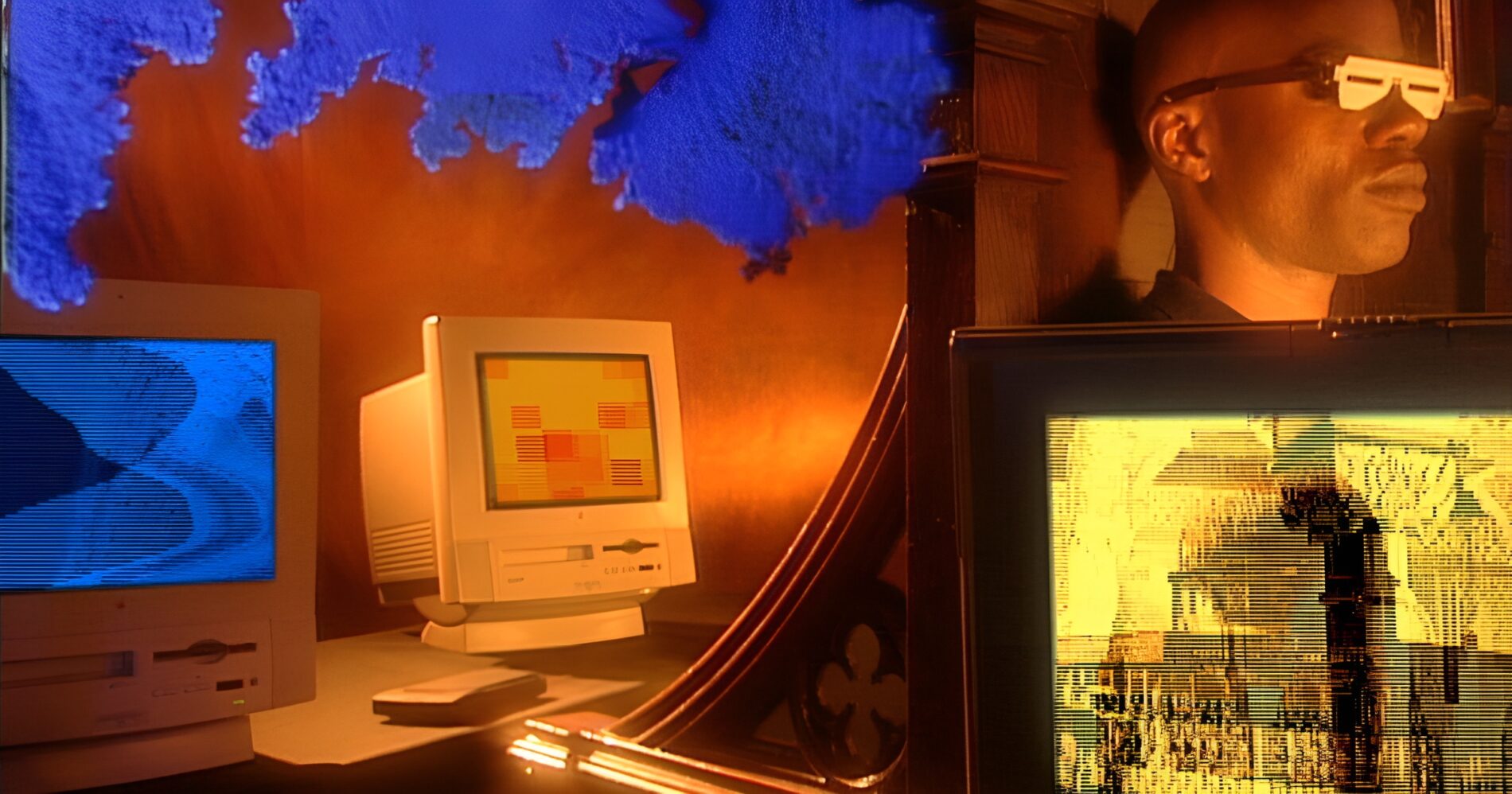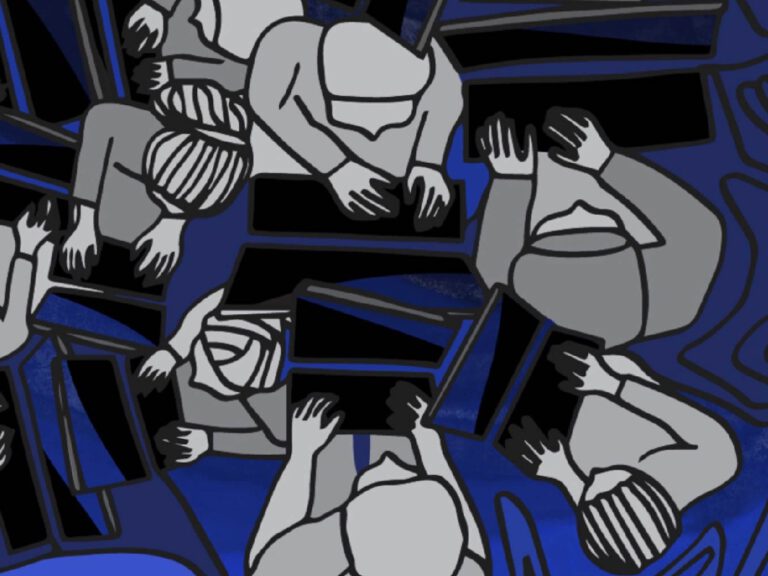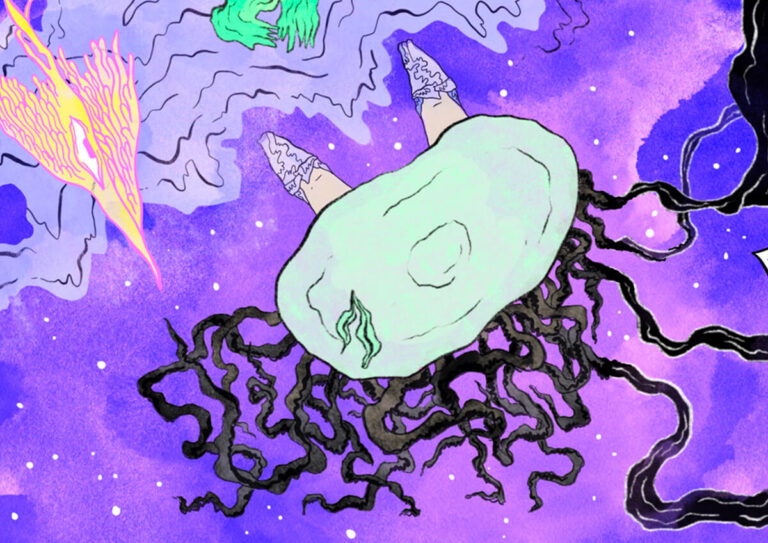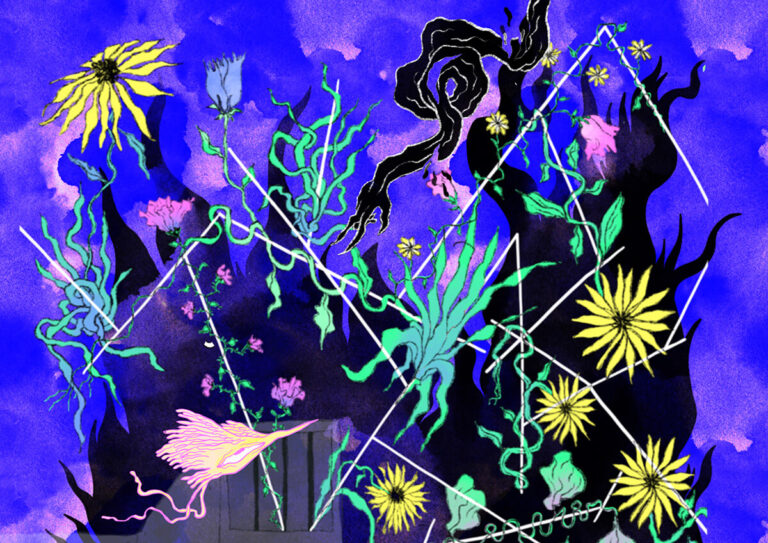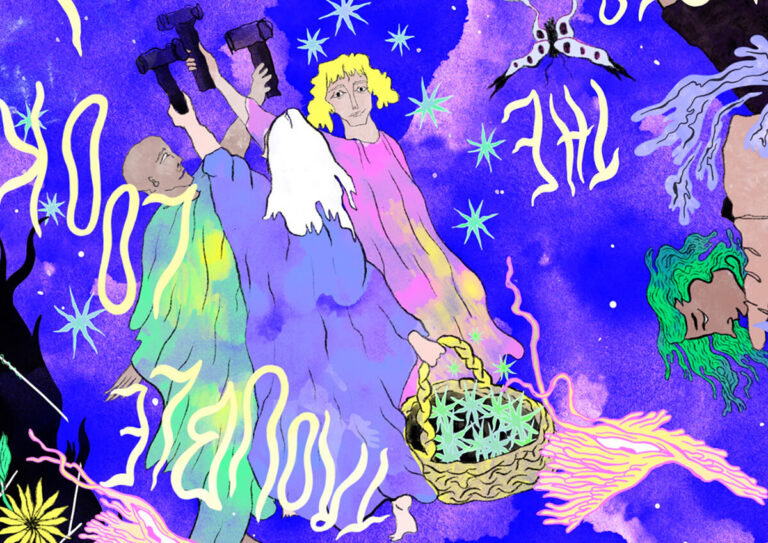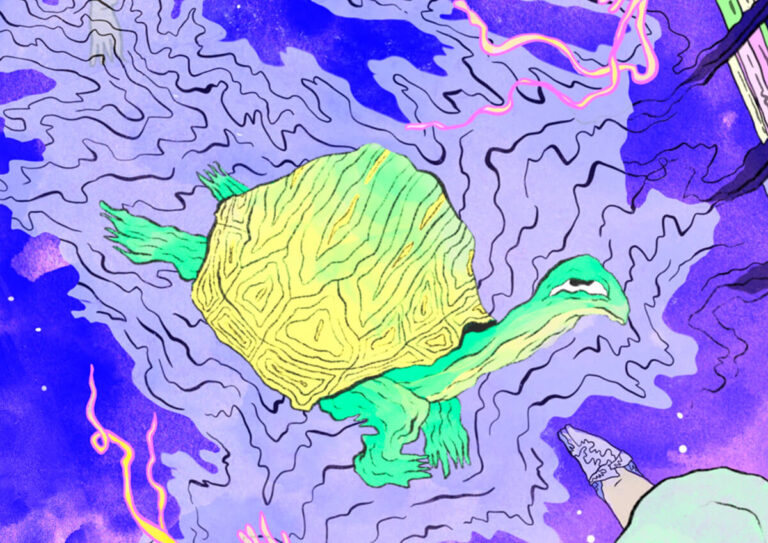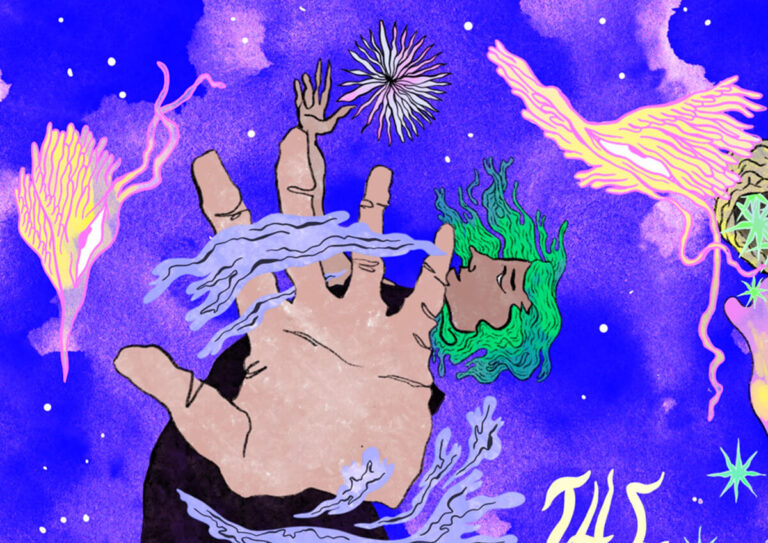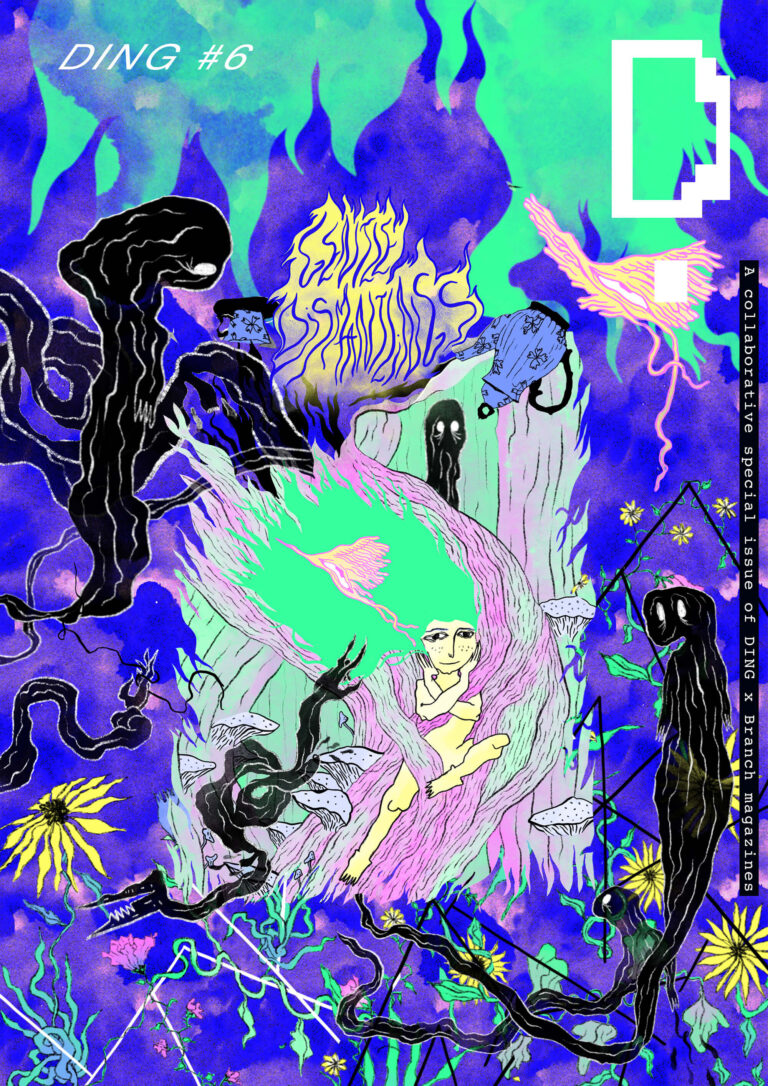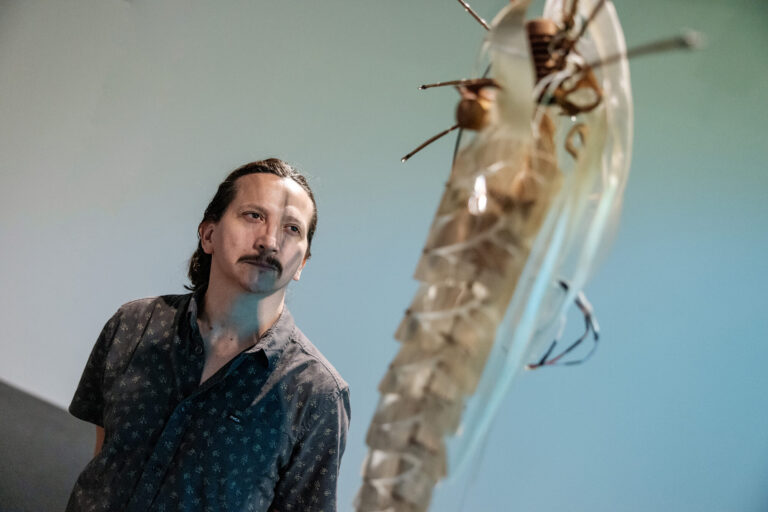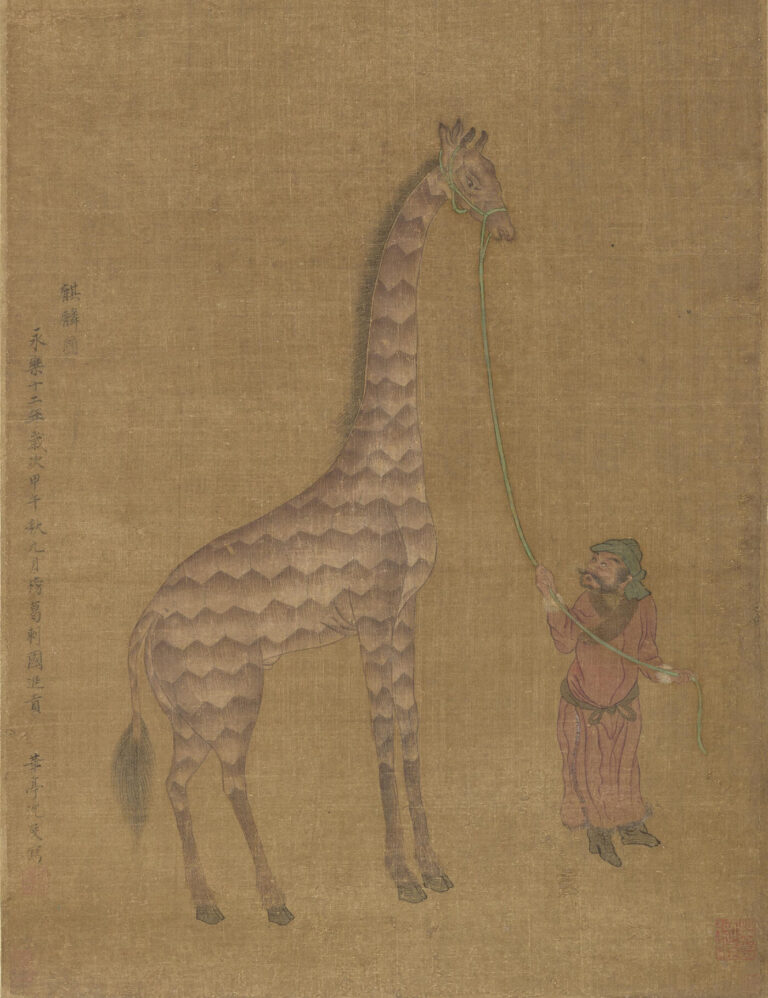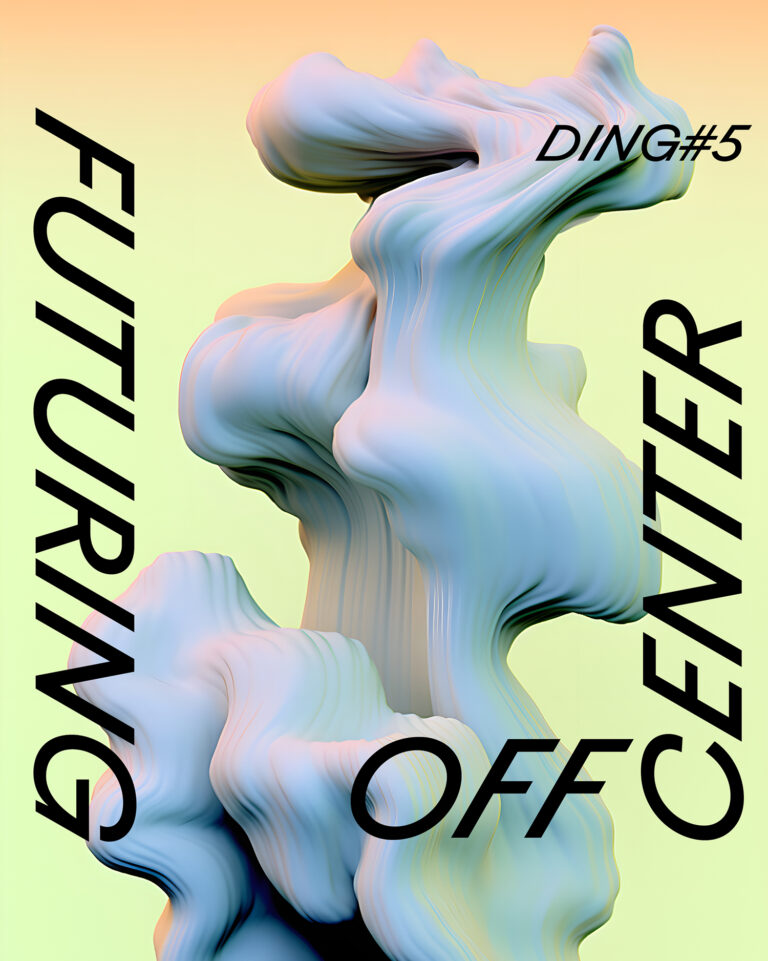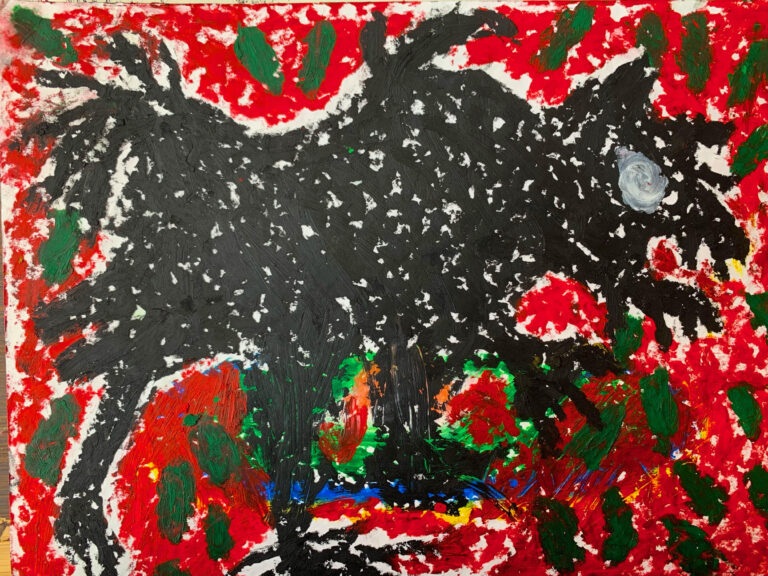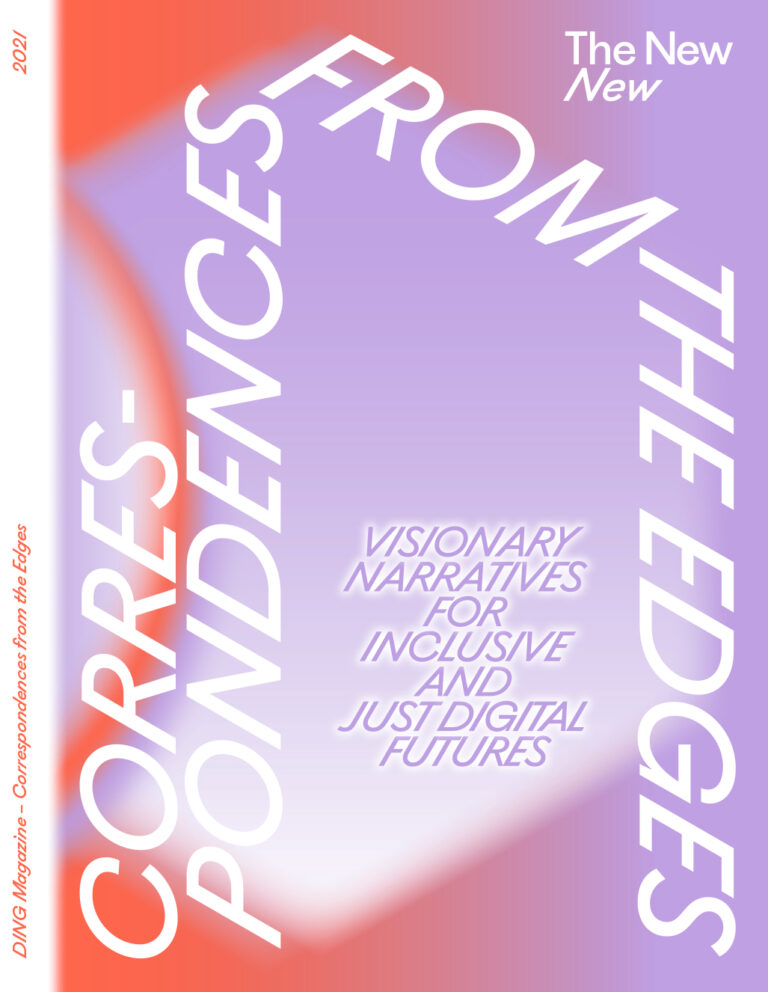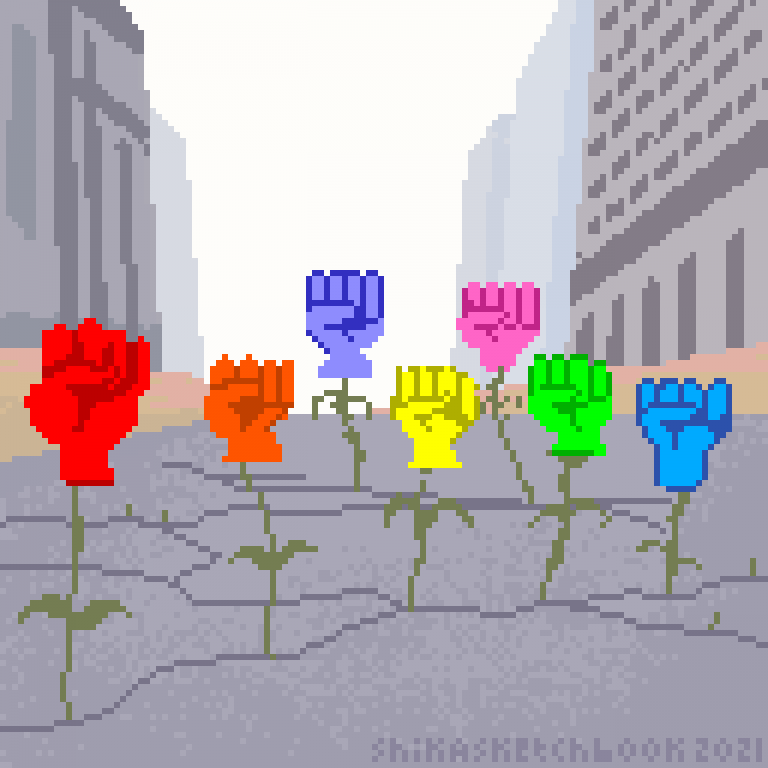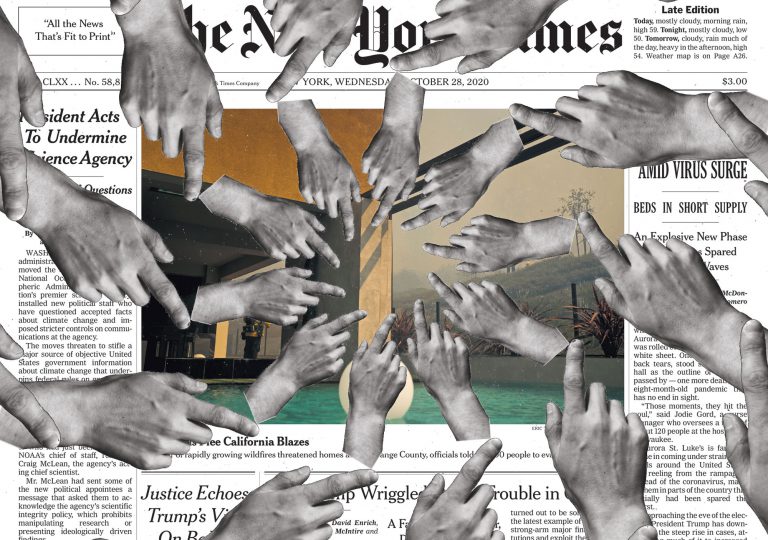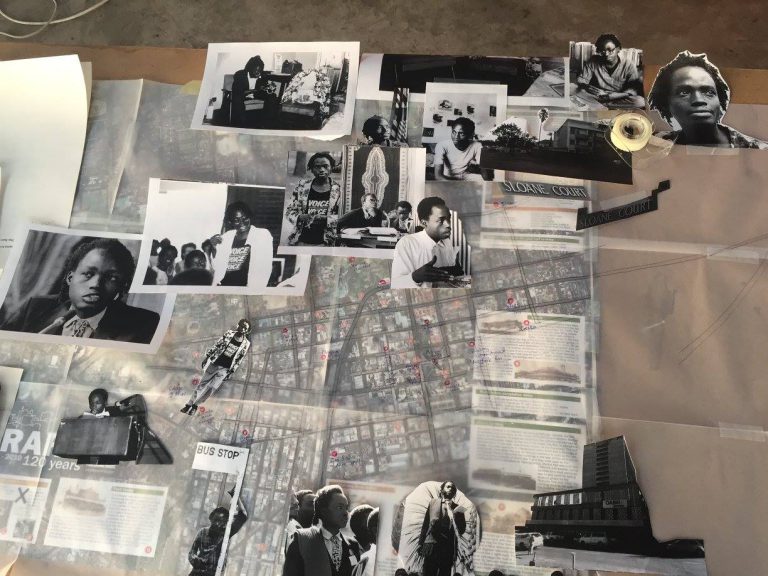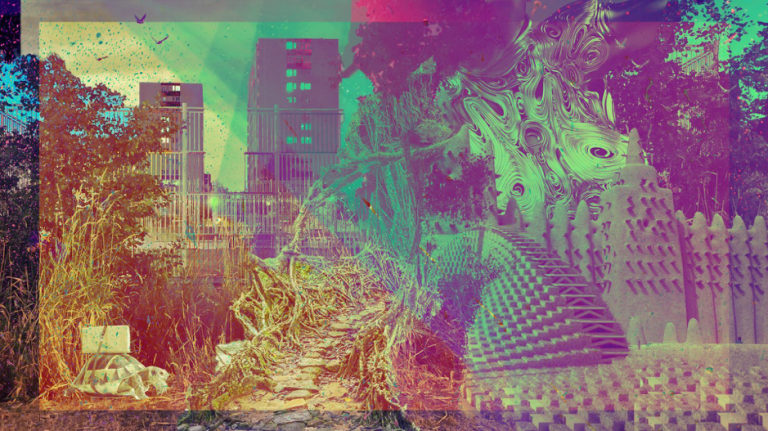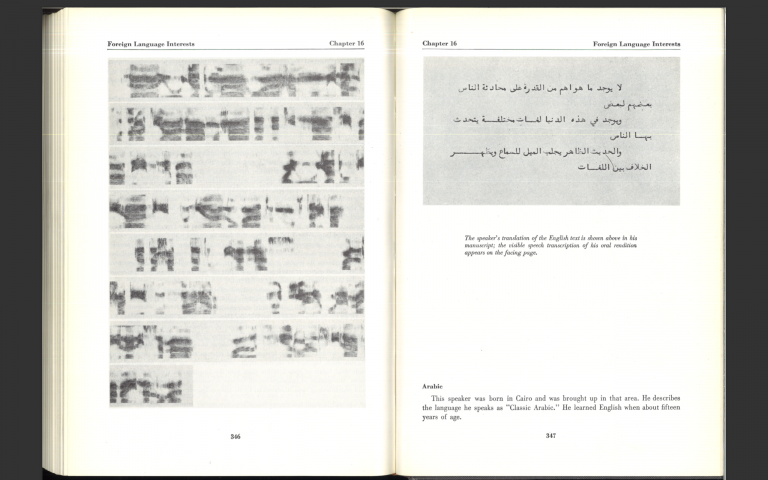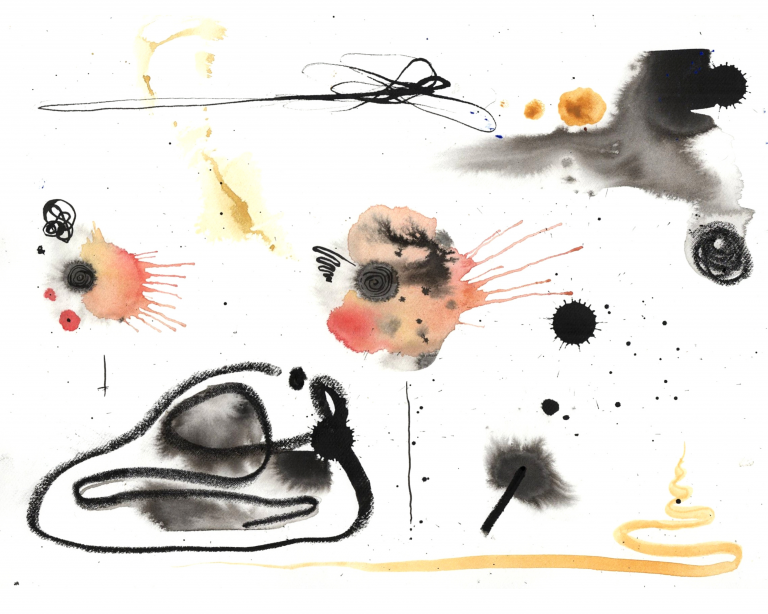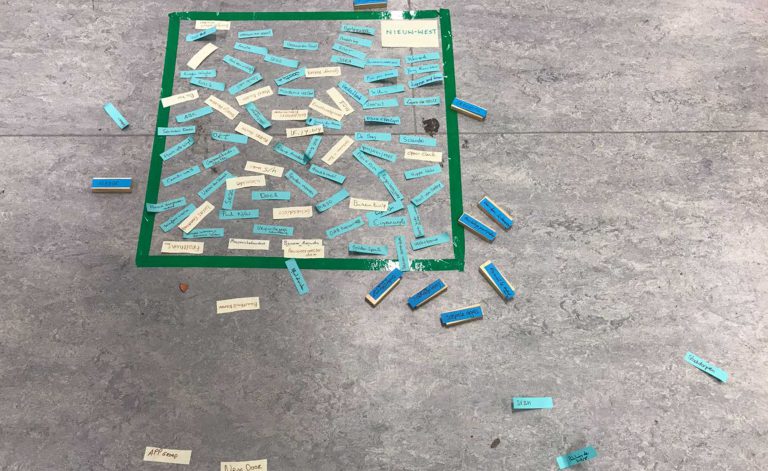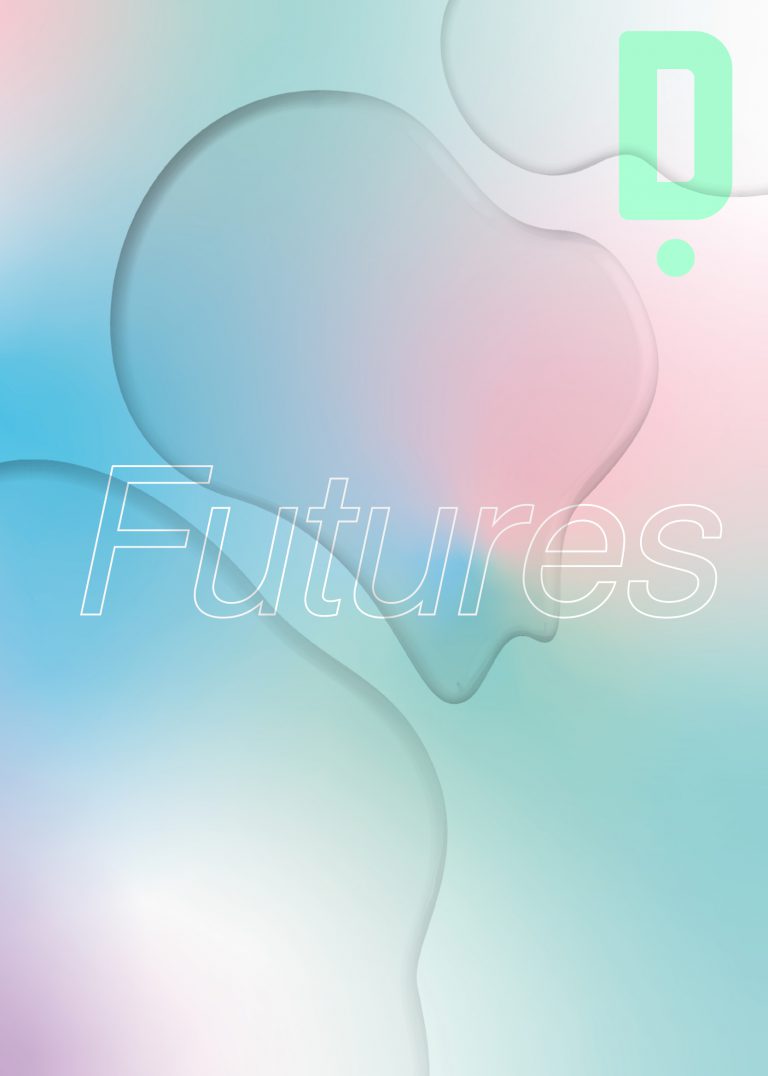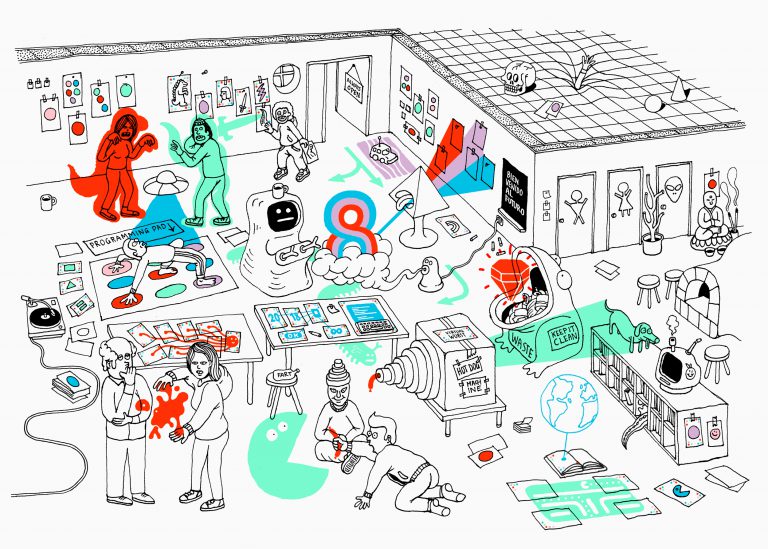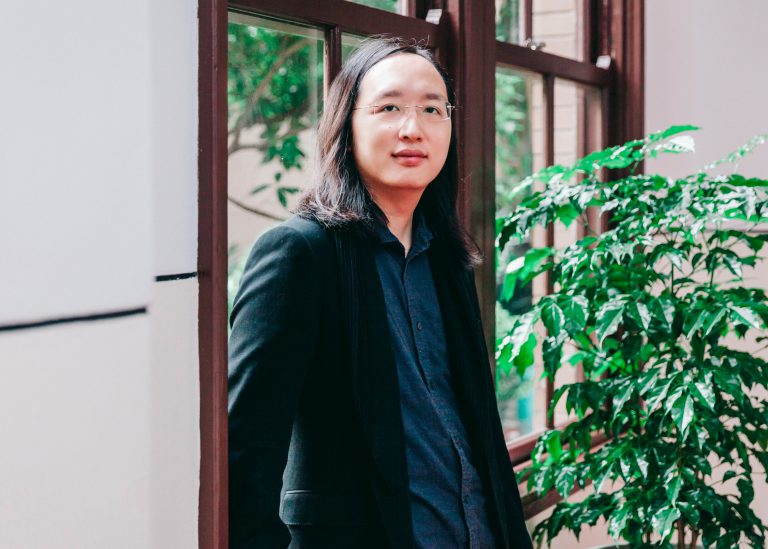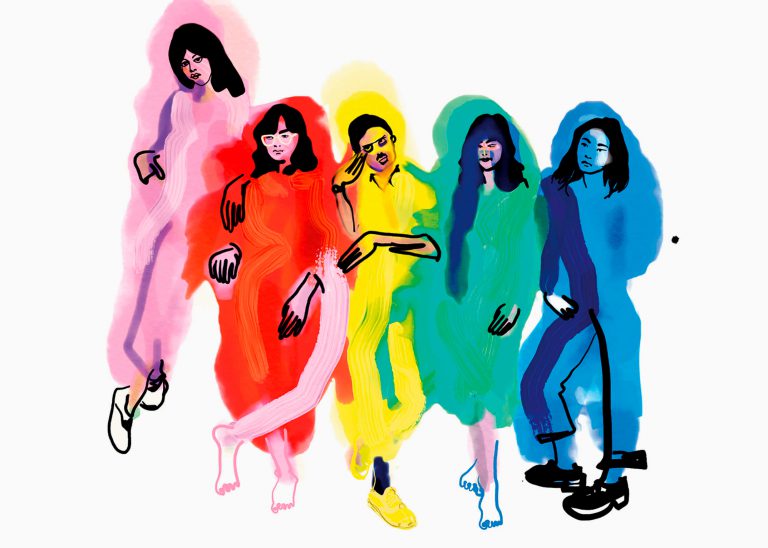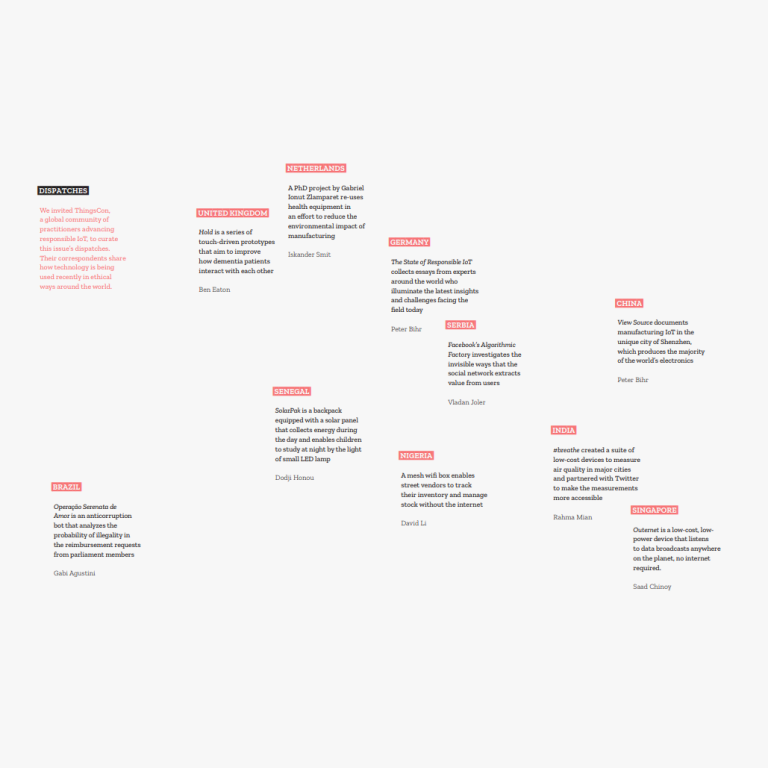Imagine a team of African archaeologists from the future – some silicon, some carbon, some wet, some dry – excavating a site, a museum from their past: a museum whose ruined documents and leaking discs are identifiable as belonging to our present, the early twenty-first century. Sifting patiently through the rubble, our archaeologists from the United States of Africa, the USAF, would be struck by how much Afrodiasporic subjectivity in the twentieth century constituted itself through the cultural project of recovery. In their Age of Total Recall, memory is never lost. Only the art of forgetting.
– Kodwo Eshun, ‘Further Considerations on Afrofuturism’, 2003.
The “Age of Total Recall” that Eshun alluded to two decades ago, long before the terabyte trance of social media entrenched itself into the rhythm of collective life, lands as a prophetic portrait of the present day. Forgetting is seductive, subtle – often subconscious – and historically lucrative. It is an art that rewards loss with continuation.
As Black diasporic people living in the epoch of Big Data, how then do we navigate what Kodwo Eshun terms the “Age of Total Recall”?
We begin, perhaps, by grieving the webs unraveled, the lands defiled, the timelines corrupted, and then from our tears we incant the sea – all of her breadth and necessity – to define a home transcendent of horror – here and now.
We remember the time that has been, and continues to be stolen from us.
We remember our labor, that invented modernity.
We remember – even and especially when we are coerced to forget.
The Present is the Future in Motion.
And our memories serve as a bridge to the liberatory futures we can and must sculpt in each present moment.
*****
Reckoning with slavery as the inaugural alienating rupture that rendered Black diasporic people foreign on earth, destined to seek and resonate with outer-space(s), Afrofuturism and its chrome-chronopolitics entice generative escape. Afrofuturism suggests distant tomorrows fugitive of devastation, imbuing now with possibility. I began theorizing around Afropresentism six years ago as a response to witnessing how the internet – and social media in particular – was fertilizing border-transcendent terrains of belonging and self-making for Black cultural workers resonant with the speculative seedings of the early Afrofuturists. In this regard, Afropresentism was not born as a contestation of Afrofuturism; rather, it emerged out of a longing to recalibrate the anchor of “now” as a future that was once speculated, one that through accelerations – anticipated and unanticipated – becomes real and real and real again.
Afropresentism is you channeling your ancestry through every technology at your disposal – meditation, conversation, love, the internet – and turning absolutely everything into a Portal that takes you precisely where you need to be, in this moment, towards the next. Until finally, the space between the dream and the memory collapses into being your reality – now.
Afropresentism responds polyrhythmic and quantum-temporal to Afrofuturism, insisting that distant tomorrows are always and already in motion. This presentism offers brown and green in place of silver – no spaceships, only earth, its distinct labyrinths, and its unique pulse of everything-ness amidst an incomprehensibly vast galaxy. To speak about incantation and the machine within the context of this presentism is to endeavor towards a redefinition of what the “machine” encompasses, has encompassed, and might in the nows-that-become-tomorrows expand to encompass.
Etymologically, the English word “machine” is derived from Greek stems corresponding to “that which enables”. Through labor and military applications in the 17th century, the term began to evolve towards its conventional modern uses narrowed towards utility. Yet time is, in and of itself, a machine – both “trick” and “instrument”. The present is elusive, it evaporates as readily as it is acknowledged. It threatens to suspend, to be enough; it calls contentment out of hiding and existentialism not long after. The present is the future and the past hiding in public, tempting and taunting what threatens now and always to be devastating: forgetting, and being forgotten.
Eshun’s conceptualization of the “technofossil” powers the introduction to John Akomfrah’s 1996 filmic essay, ‘The Last Angel of History’, which follows a fictional “data thief” as he navigates the web. The Data Thief is our first documented diasporic digital archaeologist – flashes of ancient ruins whizzing past the screen on late-nineties desktops as he excavates his transmissions. In his quest to unlock a secret Black technology, the Data Thief is equipped with a single clue-phrase: “mothership connection”.
*****
The year is 2023, and Beyoncé’s ‘Renaissance’ declaration of cyborgian entrapment echoes resonant, a mirror to the enchantment we surrender to, believe in, pay to escape through. She parades and serenades “I’m Not a Robot”, swirls in the background and we are
captcha-d.*****
There is a portal that bridges the plantation to the server farm. It is spirited, and I cannot say that there is a way forward without going back. Back as much as we are here. Back to when bodies were degraded into machines; and here, where the two remain coerced into being unintelligible from one another.
*****
Sitting on a couch directly opposite the Pyramids of Giza while putting together a talk exploring Artificial Intelligence, I felt bridged by time to the Data Thief. My new-age hotep sensibilities ablaze, I gazed at the millennia-old archives of Black technological splendor feeling relentlessly curious about what it means to be inhabiting earth as a Black diasporic person in this era – having survived so much and with such few external monuments that speak to that longevity of being. I found myself wondering: What exactly is it that we have inherited from the past? And what is it that these machines enable us to do – or demand that we leave behind?
Facing devastation again and again, Black folks’ need in and for each other becomes both time-traveling desire and reservoir knowledge. As Gumbs shows, our oracle work seeps up and through tools, structure, analog and digital architecture we were never meant to survive, much less occupy.
– Jessica Marie Johnson and Mark Anthony Neal, ‘Introduction to Black Code Studies: Wild Seed and the Machine’
AI is without a doubt the most recent of these digital architectures that is porous to our oracle work: one built using unimaginably vast databases, defined by thefts and exclusions so massive in scale that everyone is a victim. Neal and Johnson’s allusion to “time-traveling desire and reservoir knowledge” marks the undercurrent of any present-day Data Thief’s mission: to seek in defiance of the art of forgetting. The sum total of the infinity of source material has hidden within it clues, miniscule and evident –
Is it possible to reverse engineer what has been erased?
Much of my incantational curiosity around AI is tempered by the reality of the power behind its scenes. We, as Black and Indigenous people, do not have ownership of these platforms and as such are more vulnerable than ever to having our oracle work not only surveilled but weaponized against us. These technologies are coded primarily in English, and that linguistic structure inherently inscribes what is possible and not possible upon them. As my grandfather Gilbert Githere says, language is the home of spirit, and so any conjuring that takes place in these platforms and new technologies does so in translation, a critical fissure that renders its outputs asymptotic.
The future we inhabit now, of solar-scale “data” and lightspeed “making”, has been meticulously constructed through centuries of extraction and erasure. The presentism I speculate in the direction of is necessitated by a speed-sick broken heart. This presentism, in common with many words in the English language, is coded by its homonyms: an attendance, an offering, something delivered and deliberate.
Some of us are entitled to escape. Reality comes at a cost, and reality remains to be sculpted. Reverence to the ones who remain. Grace to all who flee, who seek refuge elsewhere, in the eye of the storm – enchanted.
*****
